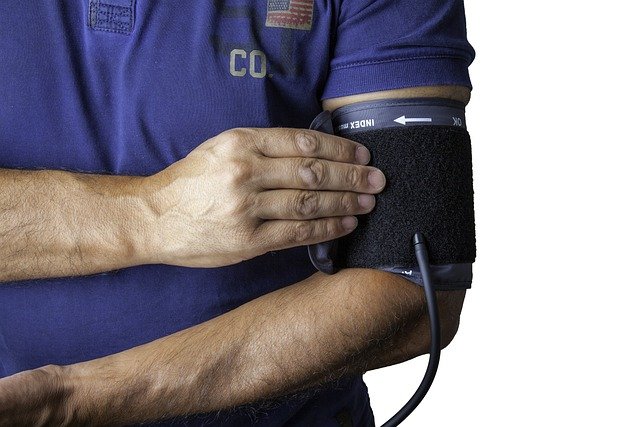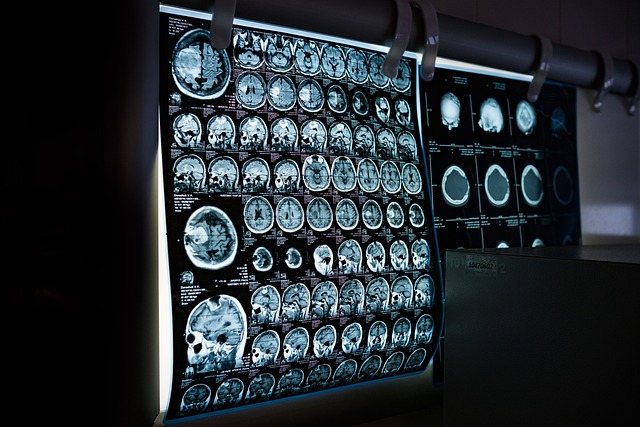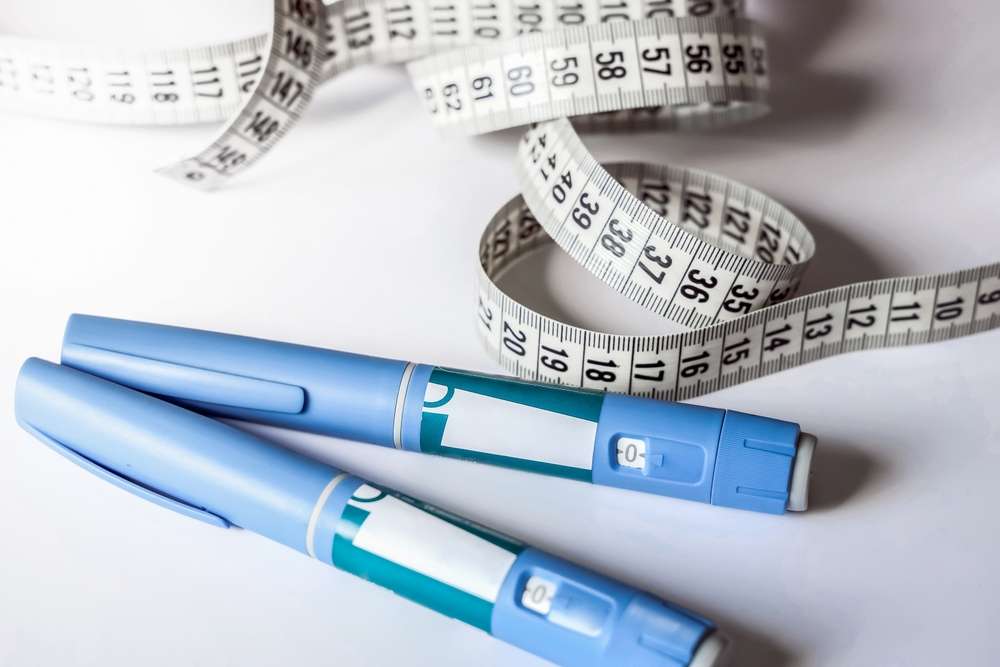Triple Negative Breast Cancer vs Other Types in Malaysia
Triple negative breast cancer is often described as more aggressive and harder to treat than other breast cancer types, which can be especially worrying when first diagnosed. For people in Malaysia, understanding how it differs biologically, how it is treated, and what this means for everyday life can make discussions with healthcare professionals clearer and less overwhelming.

Triple Negative Breast Cancer vs Other Types in Malaysia
In Malaysia, breast cancer is one of the most commonly diagnosed cancers among women, and it includes several biological subtypes. One of these is triple negative breast cancer (TNBC), a form that behaves differently from hormone receptor-positive and HER2-positive cancers. Knowing what makes TNBC distinct can help patients and families better understand medical explanations, test results, and treatment suggestions from oncology teams.
This article is for informational purposes only and should not be considered medical advice. Please consult a qualified healthcare professional for personalized guidance and treatment.
Why Is Triple Negative Breast Cancer Different from Others?
Triple negative breast cancer gets its name from three key tests that are routinely performed on tumour tissue. In most breast cancers, doctors check whether the cancer cells carry oestrogen receptors (ER), progesterone receptors (PR), and the HER2 protein. TNBC is defined as cancer that tests negative for all three. Because of this, medicines that target these receptors, such as hormone therapy or HER2-targeted drugs, are usually not effective for TNBC.
In practical terms, this means treatment options rely more heavily on surgery, chemotherapy, and radiotherapy. In Malaysia’s healthcare system, these treatments are widely available in major public hospitals, university hospitals, and many private centres. However, the lack of targeted receptor-based therapies can make TNBC feel more challenging to manage, especially when patients compare their treatment plans with those of friends or relatives who have other breast cancer types.
What Sets Triple Negative Breast Cancer Apart?
One important feature that sets triple negative breast cancer apart is its typical behaviour. TNBC often grows and spreads more quickly than many hormone receptor-positive cancers. It is more likely to be classified as a higher grade tumour, meaning the cells look more abnormal under the microscope and tend to divide faster. Because of this, TNBC can present at a more advanced stage if it is not detected early through self-awareness and regular screening.
Another difference is in the pattern of recurrence. For many patients with TNBC, the risk of the cancer returning is higher in the first few years after diagnosis. Over time, if no recurrence happens, the risk may gradually decline. In contrast, hormone receptor-positive breast cancers may have a lower early recurrence risk but can continue to pose a risk over a longer period. This influences how doctors in Malaysia plan follow-up visits, imaging, and blood tests in the years after initial treatment.
On the positive side, TNBC can be quite sensitive to certain chemotherapy drugs, especially when given early, before or soon after surgery. In recent years, newer options such as immunotherapy and targeted agents for patients with specific genetic changes (for example, BRCA mutations) have started to become available in some Malaysian centres. Access depends on factors such as hospital setting, individual eligibility, and national or private insurance coverage, but they illustrate how treatment for TNBC is gradually evolving.
How Does Triple Negative Breast Cancer Differ from Other Types?
Comparing TNBC with other breast cancer types helps clarify why treatment plans often look different. Hormone receptor-positive cancers, which express ER and/or PR, can be treated with hormone therapies such as tamoxifen or aromatase inhibitors. These medicines work by blocking the effect of hormones or lowering hormone levels in the body, and they are usually taken for several years. In Malaysia, they are widely used in both public and private hospitals, and they play a major role in reducing the risk of recurrence for this subtype.
HER2-positive breast cancers, on the other hand, overexpress the HER2 protein. These cancers can be treated with HER2-targeted drugs, often combined with chemotherapy. Such targeted therapies have significantly improved outcomes for many patients with HER2-positive disease. By contrast, because triple negative breast cancer lacks HER2 and hormone receptors, it cannot benefit from these established targeted options. This is one of the clearest ways in which TNBC differs from other types.
Another difference lies in who is more likely to be affected. While any adult can develop TNBC, it is more often seen in younger women compared with some other breast cancer subtypes. In Malaysia, cases are diagnosed in women across a wide age range, including those in their 30s and 40s. Certain genetic factors, such as BRCA1 mutations, may increase the likelihood of developing TNBC. Patients with strong family histories of breast or ovarian cancer may be advised to discuss genetic counselling and testing with their healthcare providers, where such services are available.
For people living in Malaysia, practical experiences of triple negative and non-triple negative breast cancers can feel quite different. Hospital visits may follow different schedules, imaging tests may be recommended at different intervals, and side effects from treatment may vary based on the medicines used. Support needs can also differ, ranging from managing chemotherapy-related fatigue to navigating long-term hormone therapy in other breast cancer types.
Across all subtypes, psychological and social support remain important. Many patients benefit from family involvement, peer support groups, or counselling services. Some organisations and hospital-based units in Malaysia provide educational sessions in multiple languages, helping patients and caregivers understand terms like “triple negative,” “hormone receptor-positive,” and “HER2-positive” in clearer, more familiar language.
In summary, triple negative breast cancer in Malaysia is distinguished from other breast cancer types mainly by its lack of hormone and HER2 receptors, its typically faster growth pattern, and its reliance on chemotherapy and emerging treatments rather than established targeted therapies. Although this can make TNBC feel more daunting at first, ongoing research and new treatment approaches are gradually expanding options. Understanding these differences can help patients, families, and caregivers make sense of medical information and support informed, collaborative discussions with oncology teams.




